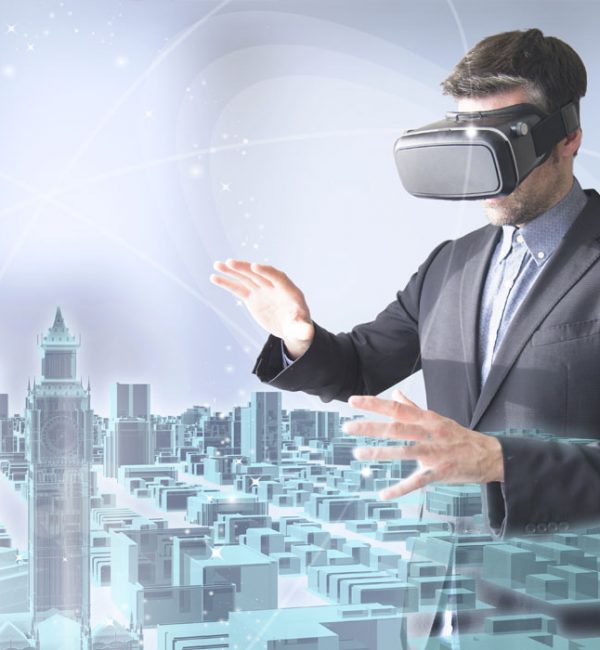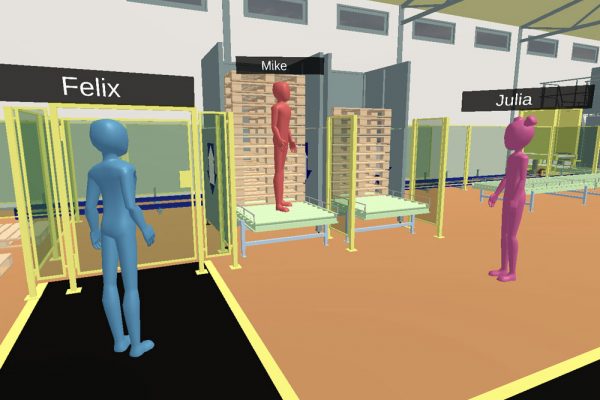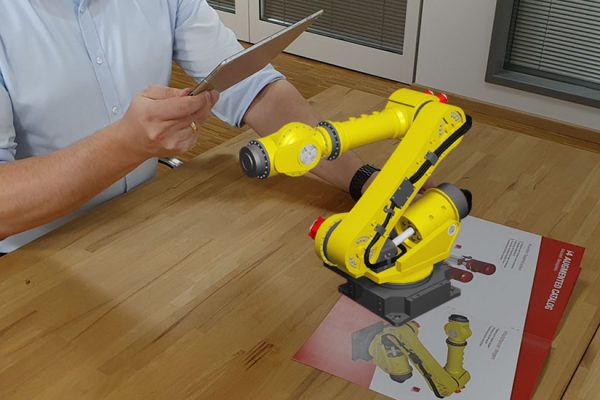Marketing Trend 2022: The importance of augmented and virtual reality
What are the trends in marketing in 2022?
Augmented reality and virtual reality are among the most important marketing trends in 2022
Augmented Reality (AR) is the connection of the real and virtual world and serves as an extension of reality. From a technical point of view, an additional layer is placed on top of the real world. In this additional layer, symbols, objects or further information can be added or faded in. The hardware required for this is AR glasses, which are often also referred to as smart glasses. However, the technology can also be used with the appropriate apps in almost any modern smartphone or tablet.
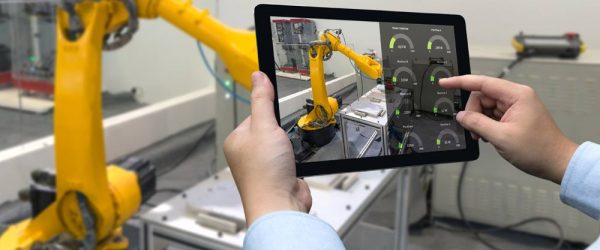
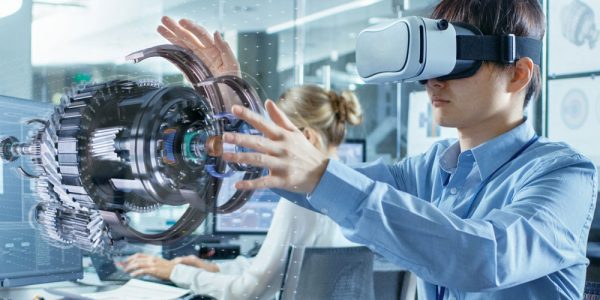
What are the advantages of the Virtual Reality marketing trend?
Advantages of AR and VR in marketing
- New, intensive presentation experience for the user
- User has impressive experiences
- User gets the feeling of having actively contributed to a product
- Addressing on an emotional level leads to higher customer loyalty
- Strengthening of the purchase decision as well as brand reinforcement through breathtaking shopping experiences
- Working with several employees in a virtual room
- Potentials for the most diverse areas of application
- Messages can be conveyed more impressively
- Enables detailed insights into complicated products
- Connecting with people leads to effective communication
- Pioneer image through the use of the most innovative technology
- Campaigns become effective and eventful
The VR experience at home
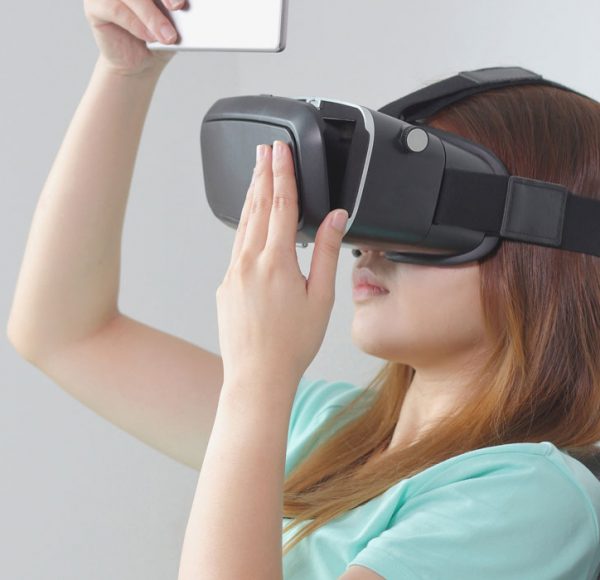
Virtual Reality as a sales-support measure
VR at the point of sale (POS) can be directly integrated into customer conversations, for example to illustrate products, describe properties or present individual product variants. This measure is particularly realistic when the product is directly involved. In this way, Audi’s “Walking VR” measure is used and the corresponding vehicle is made virtually accessible. The customer thus has the opportunity to view the vehicle from different perspectives. The configuration of the equipment is also displayed and customer wishes can be directly adjusted. The goal of the information transfer is the sale, which is why this measure is very well suited for the advanced phase in the sales process. It is particularly effective for high-priced products with a large need for information, such as buying a car or viewing real estate.
Especially in the area of high-priced segments, such as mechanical engineering, plant engineering or factory planning, VR is particularly exciting. The VR viewer i4 VIRTUAL REVIEW offers planners, designers and engineers the possibility to view and walk through CAD models of any kind in virtual reality. The VR application is also highly interesting for marketing and sales. Because no matter whether it is a customer visit, a trade fair or an event, the corresponding plant or machine is always in the luggage in original size.
Virtual Reality and brand experience
VR terminals and VR showrooms – new possibilities in marketing
Virtual Reality and event marketing
What does the Augmented Reality marketing trend offer?
Possible applications of AR and VR in marketing
- VR and AR as a sales-support measure
- particularly effective for high-priced products with a large information requirement
- VR experience for the home
- creating emotional experiences for the user
- VR terminals and VR showrooms: new possibilities in marketing
- virtual walk-in online shops
- VR at the trade fair stand or in event marketing
- presentation of complex products or walk-in machines
- AR in stationary retail: turning the shopping experience into a highlight
- enormous amounts of information are quickly and conveniently available
Augmented Reality and online shopping
Augmented Reality in retail
Augmented Reality in the social media
AR Viewer App
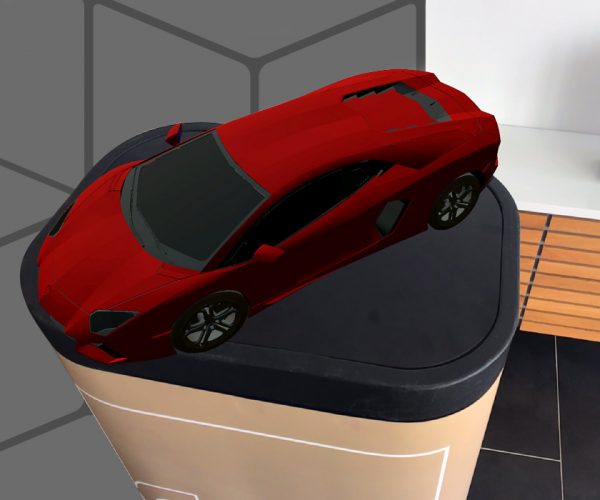
Augmented RealityAR in print and outdoor advertising
AR App for catalogues
“The new technologies like virtual reality and augmented reality provide a broad foundation for making campaigns impactful and experiential, which will later be reflected in sales figures.”

